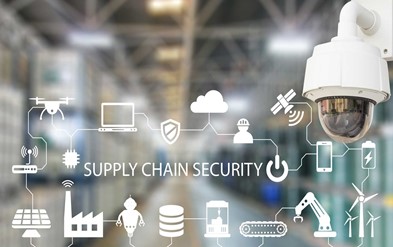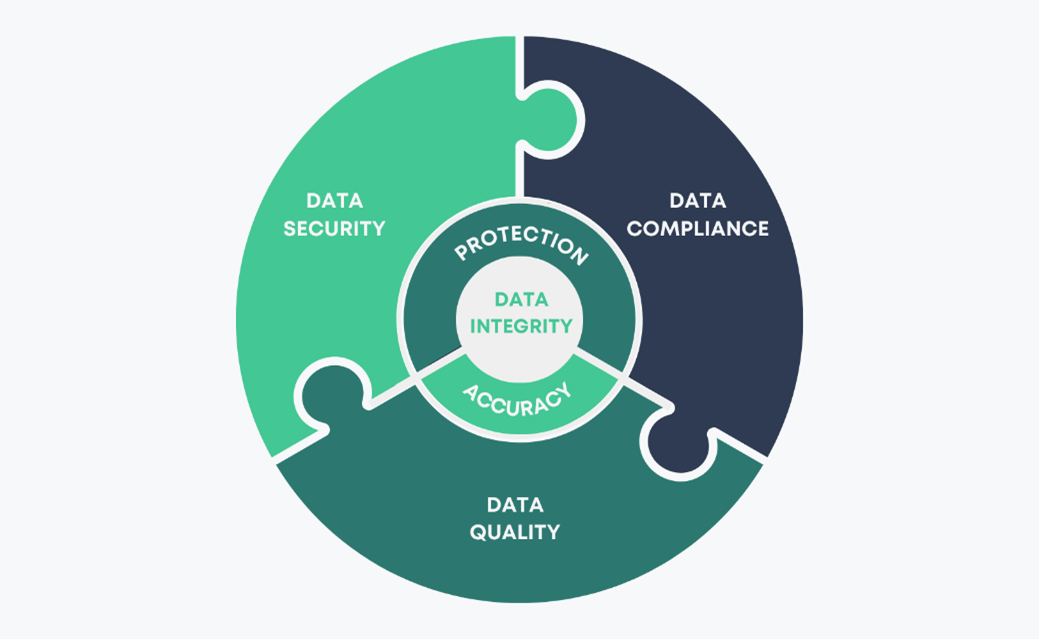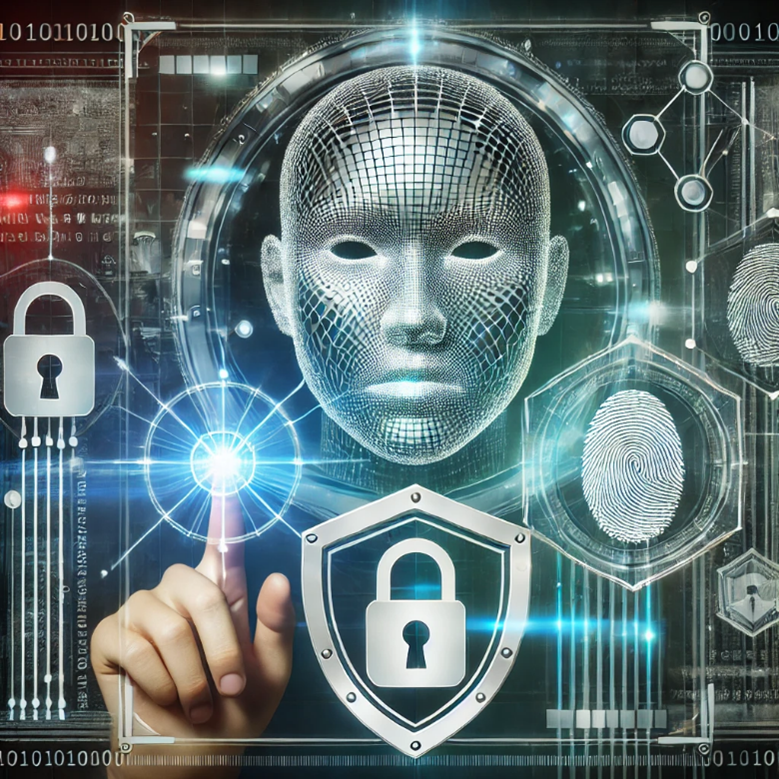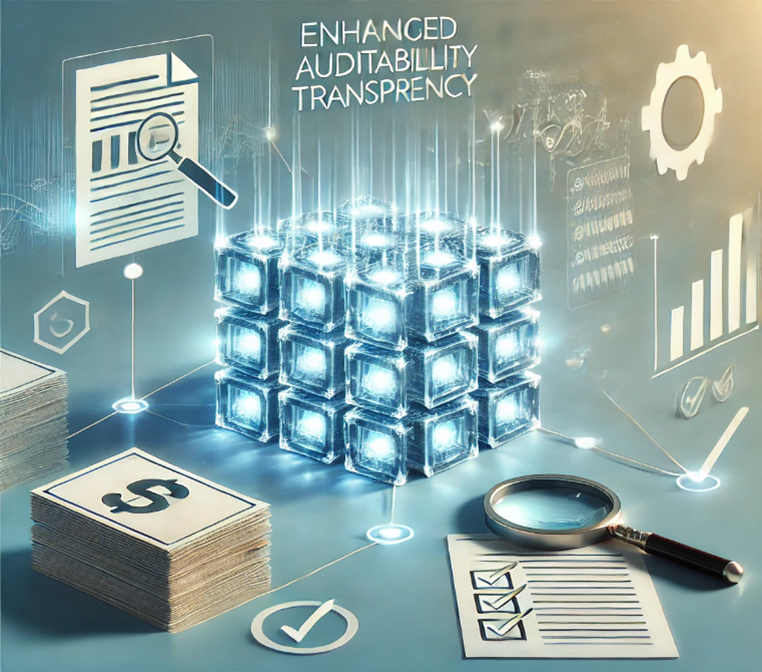Can blockchain technology revolutionize cybersecurity practices?

Can blockchain technology revolutionize cybersecurity practices?
by Maximilian 10:04am Feb 01, 2025

blockchain technology has the potential to revolutionize cybersecurity practices, offering solutions to some of the most pressing challenges in the field. While blockchain is not a cure-all, its unique features—decentralization, immutability, and transparency—can address several aspects of cybersecurity. Here’s how:
1. Decentralization and Distributed Trust
Traditional cybersecurity systems often rely on central authorities (e.g., servers, databases) to manage and secure data. These central points of control are vulnerable to attacks, such as hacking, data breaches, and DDoS (Distributed Denial of Service).
Blockchain operates in a decentralized manner, meaning there is no single point of failure. By distributing data across a network of nodes (computers), blockchain reduces the risk of attacks. Even if one or more nodes are compromised, the rest of the network remains secure.
2. Immutability and Data Integrity
Once a transaction or record is added to a blockchain, it cannot be altered or deleted without altering the entire chain, which is computationally infeasible. This immutability ensures that data remains tamper-proof, preventing unauthorized changes to sensitive information.
This property can be crucial in cybersecurity, where data integrity is paramount—especially in contexts like financial transactions, health records, and legal documents.

3. Secure Identity Management and Authentication
Blockchain can provide a decentralized and secure way to manage identities. Instead of relying on traditional username-password systems (which can be hacked or phished), blockchain-based identity systems can use cryptographic proofs to ensure that individuals or entities are who they claim to be.
Self-sovereign identity (SSI) models, where individuals control their own identity information without relying on third parties (such as governments or corporations), can be enabled by blockchain, reducing the risks of identity theft.
4. Smart Contracts and Automated Security
Blockchain's smart contracts—self-executing contracts with the terms directly written into code—can automate security processes, such as monitoring systems for unusual activities and responding to threats in real-time. For example, smart contracts could trigger automatic security responses if a system detects an intrusion.
These contracts could also be used to enforce compliance with cybersecurity policies, ensuring that security protocols are always followed and automatically triggered under certain conditions.

5. Secure Data Sharing and Communication
Blockchain can be used to create secure, encrypted communication channels between parties. For instance, sensitive data can be shared in a way that prevents interception, ensuring that both the sender and receiver can trust the data’s integrity.
Zero-knowledge proofs, a cryptographic method used in blockchain, allow one party to prove they know certain information without revealing the information itself. This can enhance privacy and data security in various applications, such as financial transactions or medical data sharing.
6. Enhanced Auditability and Transparency
Every action on a blockchain is recorded in a public ledger, creating a transparent audit trail that can be inspected at any time. This feature makes it easier to trace unauthorized actions, identify vulnerabilities, and detect patterns in cyberattacks, thus helping organizations improve their security posture.
The transparency of blockchain also encourages accountability, as participants can verify that their data has not been tampered with.

7. Protection Against Distributed Denial-of-Service (DDoS) Attacks
Blockchain's distributed nature makes it more resistant to DDoS attacks, which typically target centralized systems by overwhelming them with traffic. In a blockchain network, there is no central server to attack, which makes it more resilient to such threats.
8. Supply Chain Security
Blockchain can enhance the security and transparency of supply chains by ensuring that every part of the chain is securely recorded, from manufacturing to delivery. This is particularly useful in industries where security is critical, such as pharmaceuticals, food, and defense.
Blockchain can prevent the insertion of malicious components into the supply chain (e.g., counterfeit products or tampered software) and ensure the integrity of every part of the process.

Challenges and Limitations
While blockchain has great potential, there are also some challenges to consider:
Scalability: Blockchain systems can be slow and resource-intensive, particularly when dealing with large volumes of transactions.
Complexity: Implementing blockchain solutions can be complex and may require significant changes to existing cybersecurity infrastructures.
Regulatory Issues: As blockchain is still a relatively new technology, regulatory frameworks around its use are still developing, which can create uncertainty.
Conclusion
Blockchain technology holds great promise in revolutionizing cybersecurity practices by providing decentralized, tamper-proof, and transparent solutions. It can enhance identity management, improve data integrity, protect against cyberattacks, and enable secure communications. However, its adoption must be approached with careful consideration of the technical challenges and regulatory landscape.






